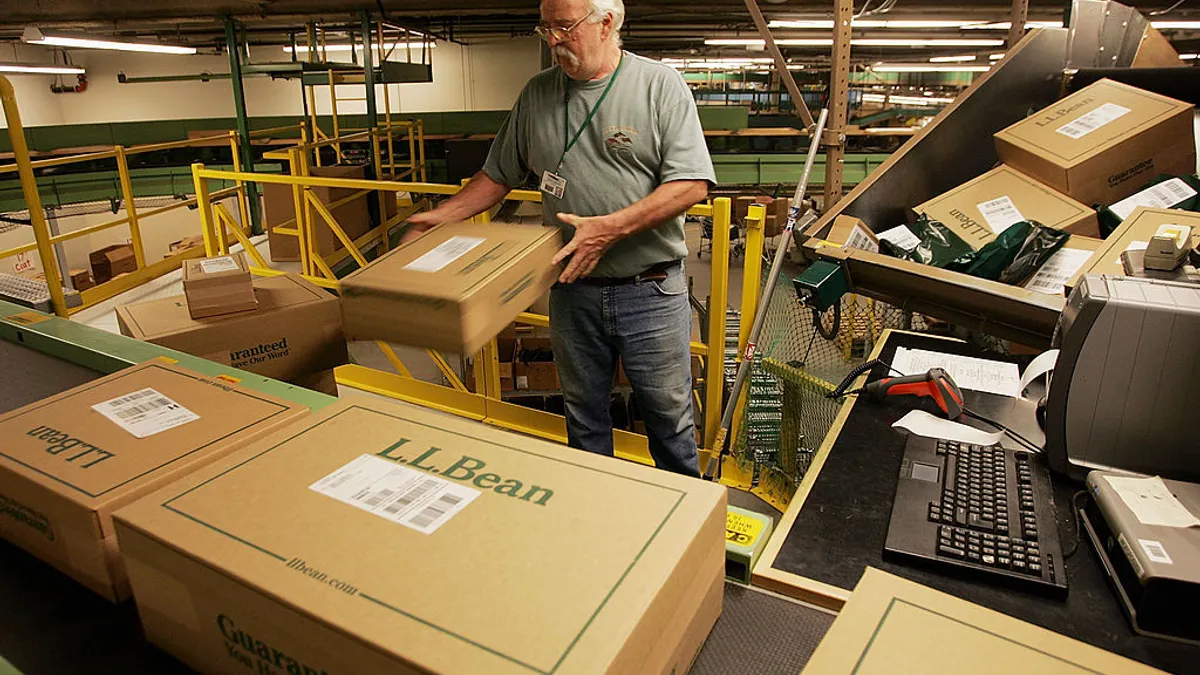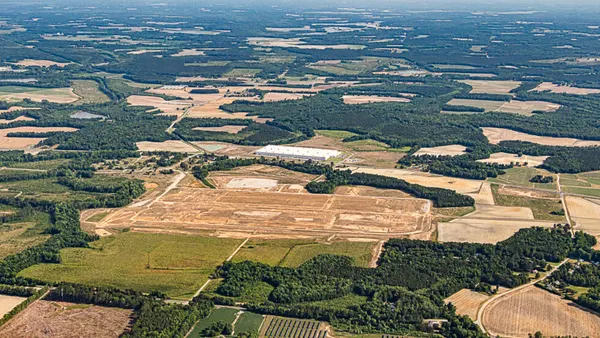Dive Brief:
- The manufacturing industry saw 391 workplace fatalities last year, according to data from the Bureau of Labor Statistics released Thursday.
- Fatalities were down slightly from 2022, which experienced 404 worker deaths.
- The greatest number of deaths were due to "contact incidents" at 120, followed by 80 fatalities due to "transportation incidents." Contact incidents can refer to a variety of situations, including a worker struck by an object, caught in or crushed by a machine or other equipment, according to the agency.
Dive Insight:
A worker died every 99 minutes across U.S. industries last year.
BLS recorded 5,283 deaths across 10 industries. The greatest number of fatalities occurred in the trade, transportation and utilities industry, which experienced 1,454 fatalities.
Multiple manufacturing workplace deaths were due to hazardous machinery, including improper lockout/tagout procedures to safely disable equipment. Improper lockout/tagout procedures was the sixth most often cited OSHA standard violation in 2023.
Proper lockout/tagout procedures, meanwhile, prevent an estimated 120 fatalities and 50,000 injuries per year, according to the Occupational Safety and Health Administration.
3M presented a high-profile example of what happens when a manufacturer fails to follow safe lockout protocols — a Wisconsin worker died after getting caught in a fiber roll machine in May 2023. OSHA proposed $312,518 in penalties against the company.
The agency also investigated a Wisconsin pallet manufacturer this past spring after a worker died at Konz Wood Products' plant in December 2023 due to hazardous machinery.
Overall, however, the agency is encouraged by a decline in worker deaths across the U.S. OSHA investigated 826 worker deaths in fiscal year 2024, which began Oct. 1, 2023 and ended Sept. 30, down 11% from FY2023.
BLS' data is out roughly a month after the agency released injury statistics for the manufacturing industry, which saw 355,800 non-fatal injuries and illnesses last year, down 10% from 2022.
OSHA is stepping up its onsite investigation tactics as part of a broader workplace safety strategy. The agency's walkaround rule, which allows employees to select a third-party representative to be present during OSHA inspections, went into effect in May.
The new rule aims to improve workplace safety by making employees more participatory in the process, and to help officials gather more information during inspections. Employer groups have been critical of the rule, however, calling it threatening to safety, liability and confidentiality.












